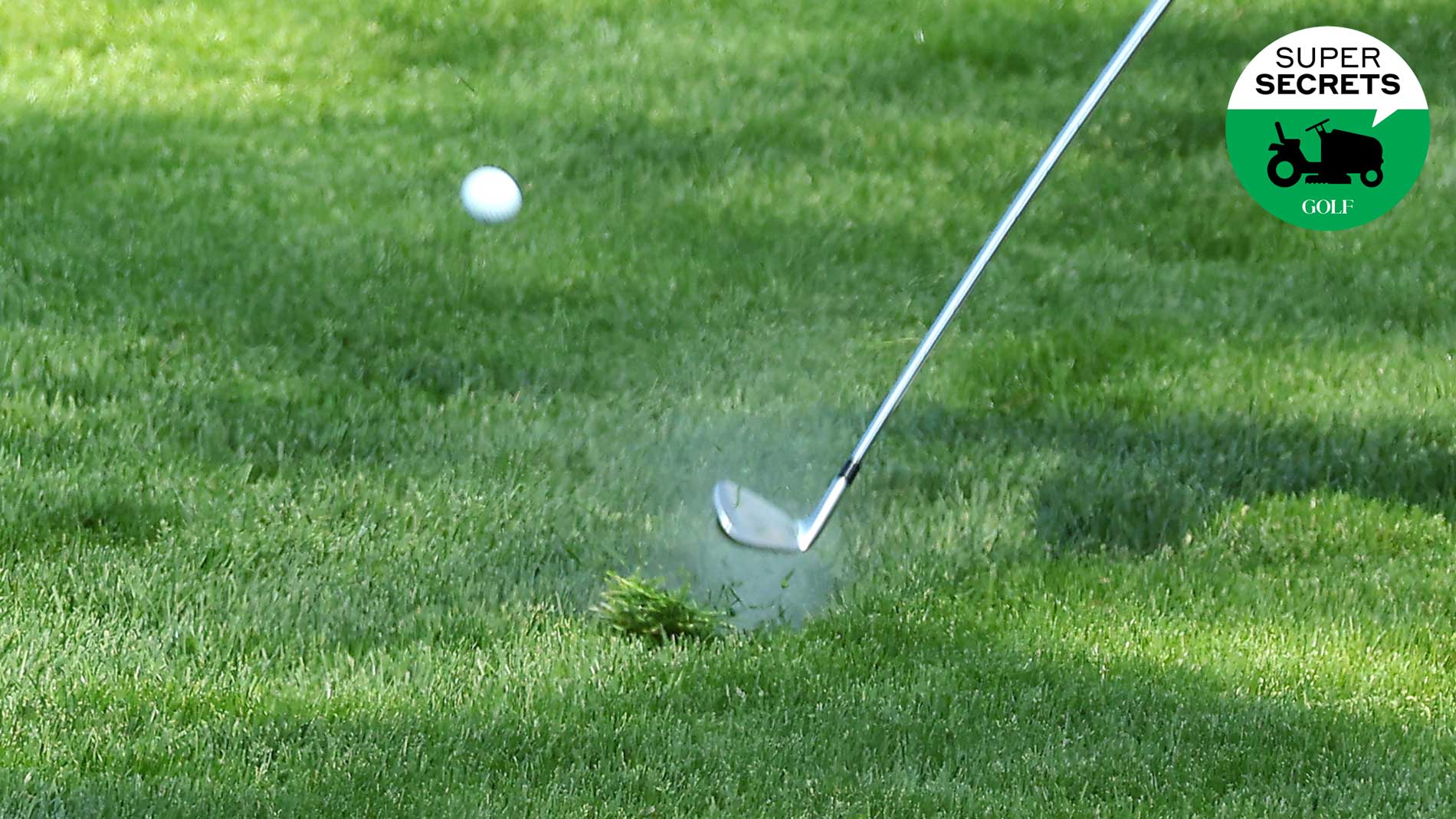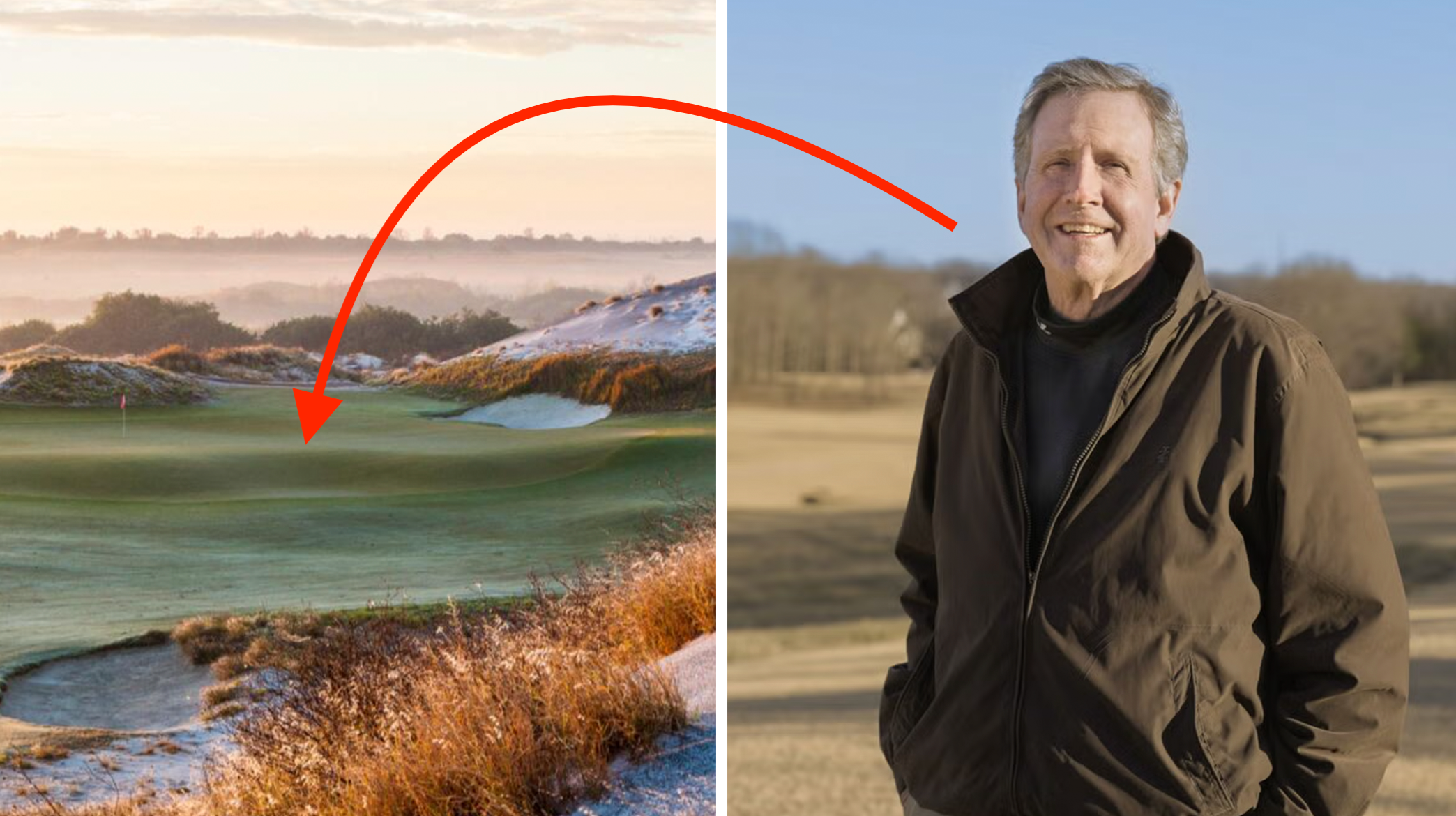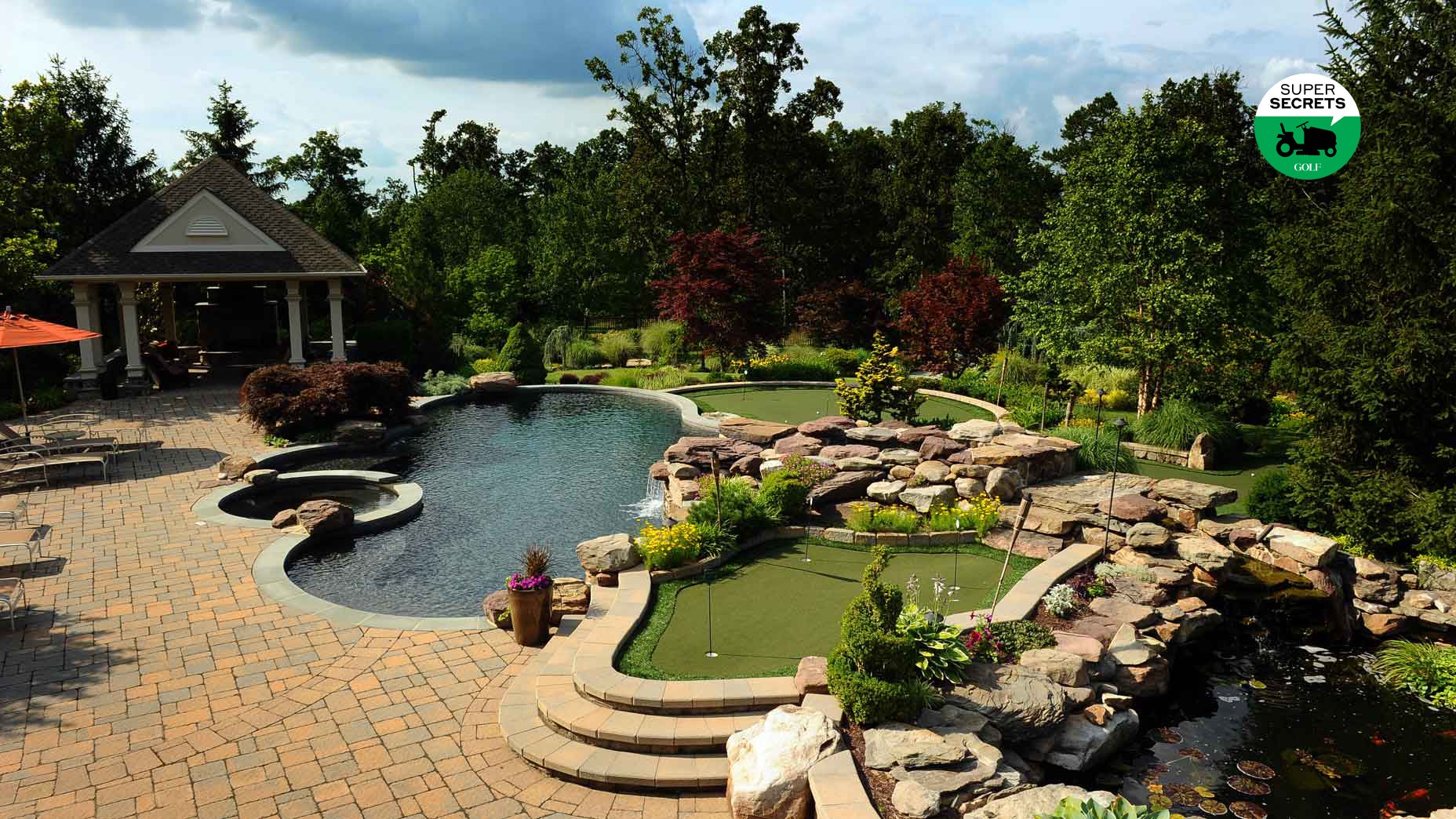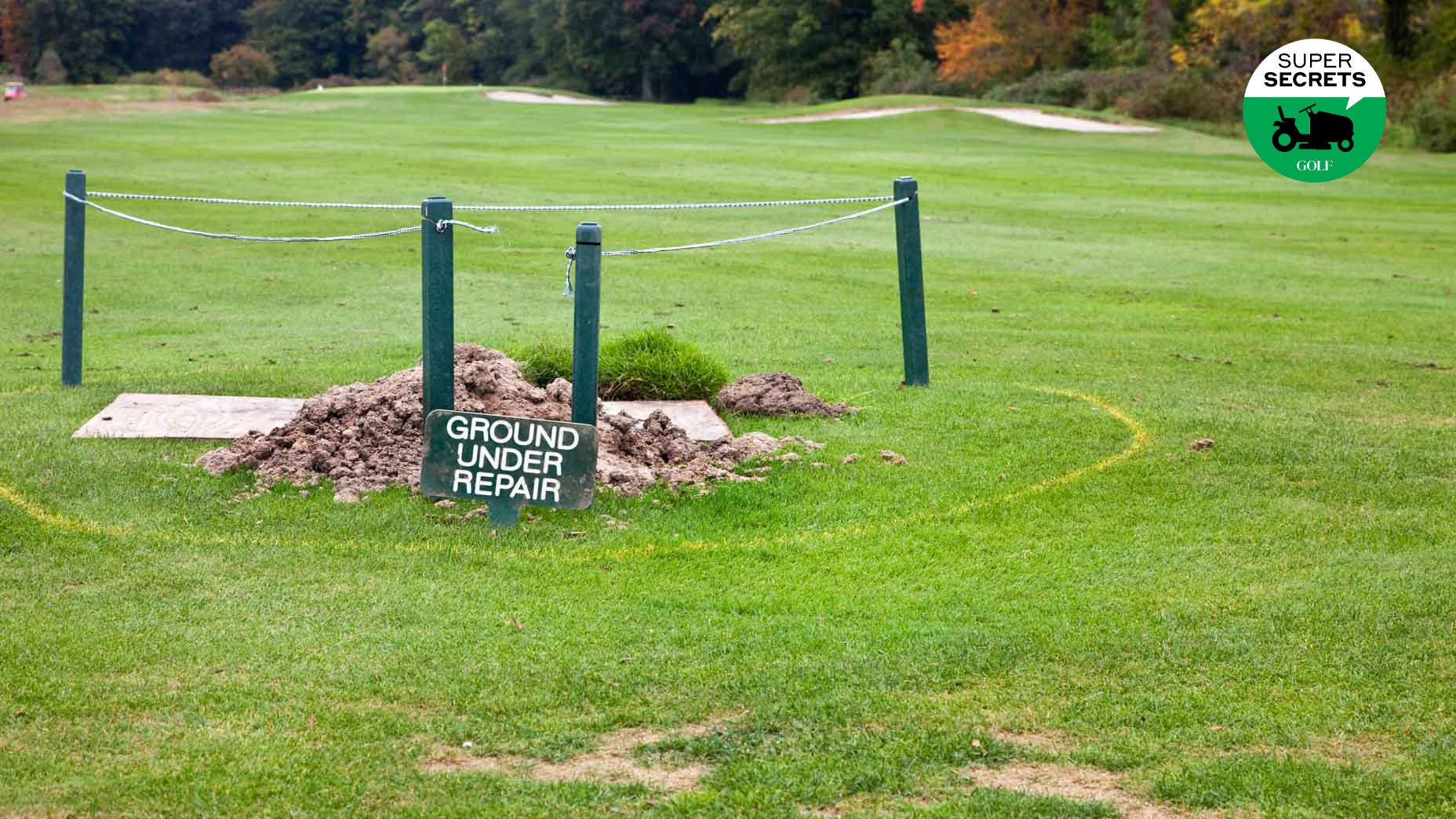Did you hear about the rough? It’s tough.
With the PGA Championship underway at Oak Hill, amateur agronomists have been going on (and on) about the torture that awaits those who miss fairways this week.
What makes the rough so challenging, several players have suggested, is not so much its height (at a reported two-and-three-quarter inches, it is hardly towering by major championship standards) but its uprightness and the width of the grass blades.
Grass-blade width? Is that even a thing? (Spoiler alert: It is.)
Mark Patterson, a longtime member of the Golf Course Superintendents Association of America, has decades of industry experience — including plenty in championship setups.
Because in this space, there is no such thing as going too deep in the weeds, we asked him for a rough overview of this week’s rough.
A trio of turf types
The rough at Oak Hill is a mix of rye, bluegrass and fescue — all cool-season grasses, suited to the climate. Rye, Patterson says, is an especially popular choice for rough in the Northeast, because it grows upright (as opposed to some of its warm-season counterparts, such as Bermuda, which spreads horizontally). “That makes rye almost like a tall forest,” Patterson says. “If your ball goes into three-inch Bermuda, there’s a chance it might be sitting up. If your ball goes into three-inch rye, odds are it’s going to disappear.”
So, rye grass has that going for it. On the other hand, rye is vulnerable to heat, which makes it a risky choice for rough if that’s all you have. “The last thing you want is a big heat wave to come through just before your event and wipe out your rough,” Patterson says. Enter bluegrass and fescue, which also grow in an upright pattern, Patterson says, and are more heat-tolerant than rye. Inter-seeded with rye, those grasses give Oak Hill a potent combo: upright rough that’s better able to withstand temperature spikes.
Big and tall
As with a person’s waistline, the width of a grass blade is a function of genetics, environment and diet. And while superintendents can’t control the climate or a plant’s DNA, they can modify their management practices to alter turf.
‘It’s almost like backyard grass’: Tony Finau’s tips for playing from thick roughBy: Nick Dimengo
“It’s agronomic trickery,” Patterson says. “And there’s all kinds.”
Take zinc and boron. Both can help give rise to thicker grass blades. At his own facilities, Patterson says, he has used them to thicken his grass blades by upward of three-quarters of an inch.
“It doesn’t last long, but you can time it just right to great effect,” Patterson says.
Then there’s a calcium silicate, which helps grass stand up straighter. It has been put into play at plenty of big-time tournaments, including the 2007 U.S. Open, at Oakmont, where Patterson says its addition made the three-inch rough “virtually impossible to hit out of.” During a practice round, Phil Mickelson tweaked his wrist trying to whack out of the stuff. Recognizing the need to ramp things back, the USGA had the rough trimmed to two inches, making it more manageable (but still plenty tough).
Bottom line is that there are many ways to beef up rough, and Oak Hill’s maintenance surely took advantage of at least some of them.
Wide, upright grass blades? The players aren’t just making this stuff up.











